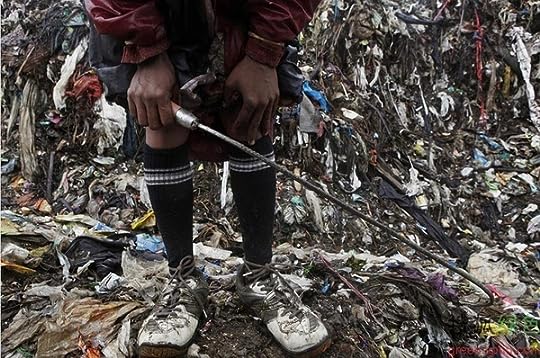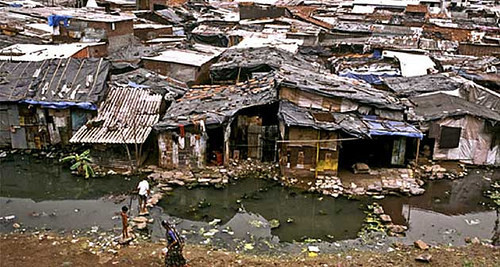What do you think?
Rate this book


278 pages, Hardcover
First published April 8, 2012

In places where government priorities and market imperatives create a world so capricious that to help a neighbor is to risk your ability to feed your family, and sometimes even your own liberty, the idea of a mutually supportive poor community is demolished. The poor blame one another for the choices of governments and markets, and we who are not poor are ready to blame the poor just as harshly.





"Drivers approaching the terminal from the other direction would see only a concrete wall covered with sunshine-yellow advertisements. These ads were for Italianate floor tiles, and the corporate slogan ran the wall's length: BEAUTIFUL FOREVER BEAUTIFUL FOREVER BEAUTIFUL FOREVER"
"Mumbai was a place of festering grievance and ambient envy. Was there a soul in this enriching, unequal city who didn't blame his dissatisfaction on someone else? Wealthy citizens accused the slumdwellers of making the city filthy and unlivable, even as an oversupply of human capital kept the wages of their maids and chauffeurs low. Slumdwellers complained about the obstacles the rich and powerful erected to prevent them from sharing in new profit. Everyone, everywhere, complained about their neighbors."